Tracking what you eat on a low-carb diet isn’t just helpful – it’s practically essential if you want real results.
When you’re limiting carbs to lose weight or manage blood sugar, the difference between 20g and 50g of carbs can be huge. That’s why I’m diving into how meal tracking can supercharge your low-carb journey.
Whether you’re going full keto, trying Atkins, or just cutting back on bread and pasta, knowing exactly what’s going into your body is your secret weapon for success.

Why Track Meals on a Low Carb Diet?
Most low-carb diets limit carbs to somewhere between 10-40% of your daily calories. But why bother with the hassle of tracking?
Carb precision matters – When you’re trying to stay in ketosis or manage diabetes, the difference between 25g and 35g of carbs can be significant. Tracking helps you hit those exact targets consistently.
Balancing macros – It’s not just about avoiding carbs. Getting enough protein prevents muscle loss, and adequate fat keeps you satisfied and energized throughout the day.
Preventing “carb creep” – Those little carbs add up! A bite here, a taste there… suddenly you’re way over your limit without realizing it. Research shows that people who track their food intake lose more weight and keep it off longer.
Nutrient gaps – Low-carb diets can sometimes create vitamin and mineral deficiencies if you’re not careful. Tracking helps identify these gaps before they become problems.
The Science-Backed Benefits of Low Carb Diets
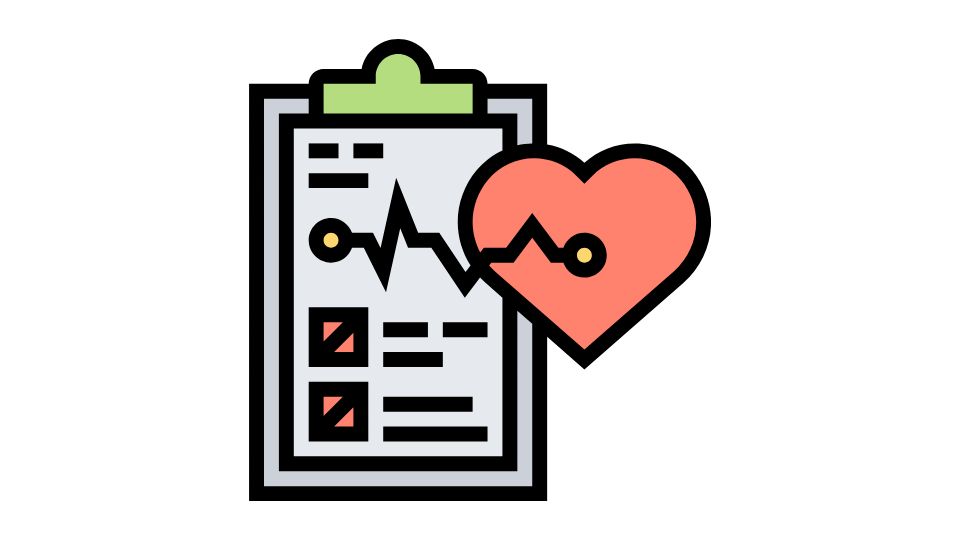
The research on low-carb approaches is pretty impressive when you dig into it:
Your body burns more calories – One fascinating study found that low-carb dieters burned about 209 extra calories daily compared to high-carb eaters. That’s like a 30-minute jog without even putting on your running shoes!
Blood sugar control goes way up – Low-carb diets can dramatically improve glucose control, with some studies showing they can even help reverse type 2 diabetes symptoms in some people.
Hunger hormones chill out – High protein and fat intake helps regulate ghrelin (your hunger hormone), making you feel fuller longer with fewer cravings.
Muscle preservation – While many diets cause muscle loss along with fat loss, adequate protein on a low-carb diet helps maintain your lean mass.
Here’s the catch though: the advantages over other diets tend to fade after 6-12 months if you don’t stick with it. That’s exactly where tracking comes in clutch!
How to Track Meals Without Losing Your Mind
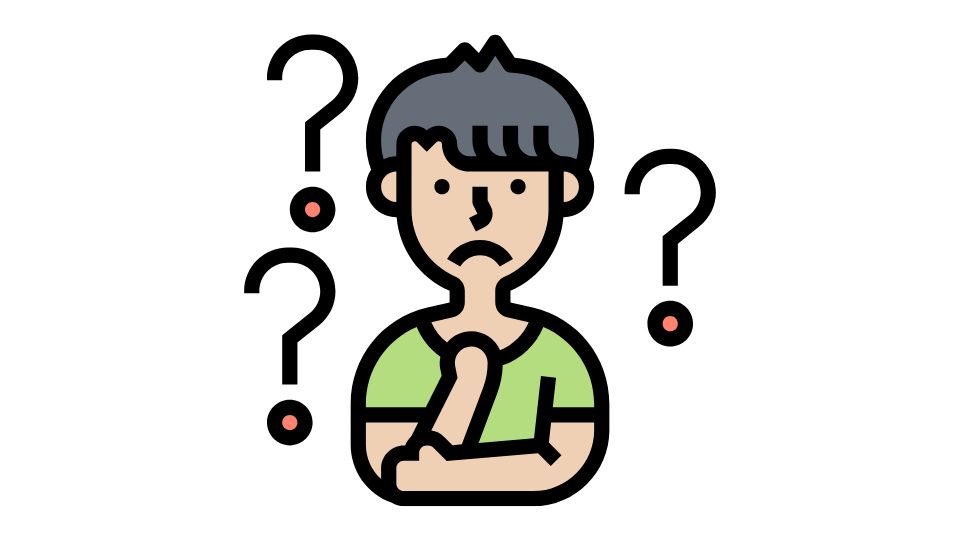
Tracking doesn’t have to be a second job. Here’s how to make it simple and effective:
Focus on net carbs first – That’s total carbs minus fiber and sugar alcohols. For most low-carb diets, this is your north star.
Use good food databases – Guessing carb counts is like throwing darts blindfolded. A good app with accurate data eliminates the guesswork.
Log immediately – The longer you wait, the less accurate your tracking becomes. Try to log right after eating or (even better) before.
Save your common meals – Create recipes and favorite meals in your app so you’re not entering the same foods repeatedly.
Look for patterns – Weekly reviews of your data can reveal surprising insights about what’s working and what’s not.
Best Apps for Low Carb Meal Tracking
The right tool makes any job easier. These apps are specifically good for low-carb dieters:
Carb Manager shines with its focus on net carbs, barcode scanning, and keto-specific features. It’s practically designed with low-carb in mind.
MealByMeal takes a unique approach with simple text-based logging that cuts through the complexity. Just text what you ate and it handles the rest – perfect if you hate navigating complicated app interfaces.
Lifesum offers broader health tracking but has excellent low-carb diet plans and visual feedback on your macros.
Cronometer goes deep on nutrition data, tracking up to 84 nutrients. If you’re worried about nutrient deficiencies on low-carb, this level of detail can be invaluable.
MyFitnessPal boasts the largest food database around, making it easier to find exactly what you ate, even at restaurants.
Why MealByMeal’s Text Approach Works
I’m particularly intrigued by MealByMeal’s text-based logging. Think about it – you’re out with friends, you just ate something, and now you need to log it. Would you rather:
A) Pull out your phone, open an app, search through a database, measure portions, etc.
B) Simply text “I had a grilled chicken salad with olive oil dressing” and be done?
For many people, option B removes enough friction to make the difference between consistent tracking and giving up.
Pro Tips For Successful Low-Carb Tracking
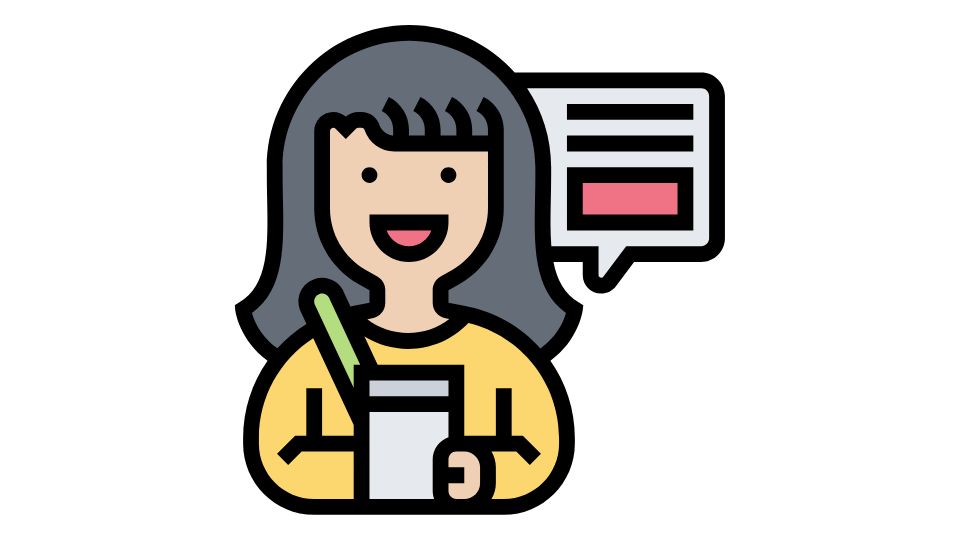
After all my research, here are the habits that separate successful low-carb trackers from the rest:
Consistency beats perfection – Better to track roughly every day than perfectly once a week. Don’t let perfect be the enemy of good!
Net carbs > total carbs – Don’t freak out about high-fiber foods. That broccoli might have 6g of carbs, but with 2.4g of fiber, it’s only 3.6g net carbs.
Front-load your work – Meal prep and pre-logging saves enormous mental energy. Sunday planning can make the whole week easier.
Use those barcode scanners – They’re crazy accurate and take seconds. Why type when you can scan?
Adjust based on results – If you’re not seeing progress, your tracking data is gold for figuring out why. Maybe those “keto” snacks are higher in carbs than you thought!
Overcoming Common Challenges
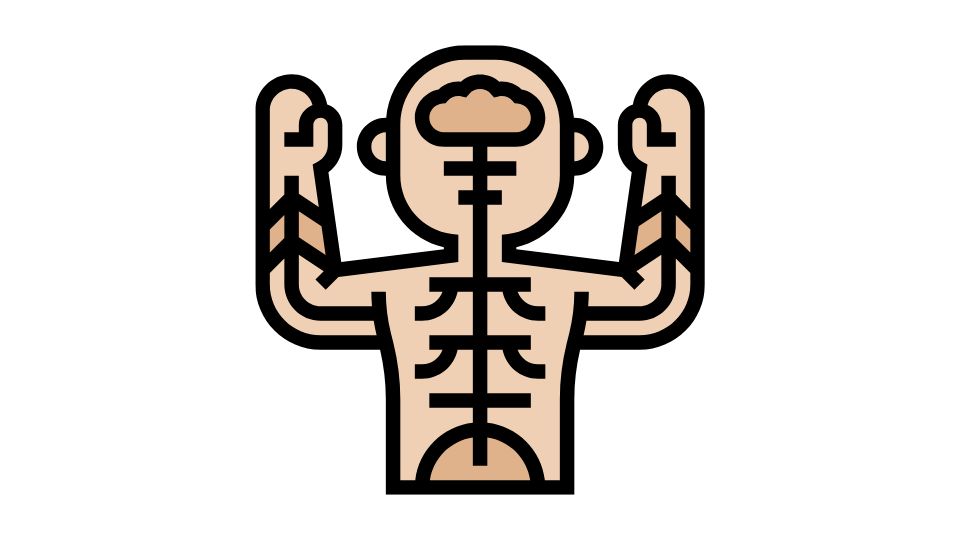
Low-carb diets come with specific challenges that good tracking can help solve:
Nutrient gaps are common on restrictive diets. Tracking apps can flag when you’re low on important vitamins or minerals so you can adjust before it affects your health.
Diet boredom kills adherence. Many tracking apps offer recipe suggestions based on your preferences and remaining macro allowances for the day.
Social situations can be tricky. Having pre-logged options or quick-reference guides in your tracking app helps you make smart choices when dining out.
According to dietitians, the simple act of logging foods makes you more mindful about what you eat, regardless of what diet you follow.
The Bottom Line
Meal tracking isn’t just about counting carbs – it’s about creating a personalized roadmap to success on your low-carb journey.
The data you collect isn’t just numbers – it’s insights about your body, your habits, and what works specifically for YOU. In a world of generic diet advice, that personalization is priceless.
Whether you choose a comprehensive app like Carb Manager, the simplicity of text-based MealByMeal, or another option that fits your style, the important thing is consistency.
Remember: what gets measured gets managed. And on a low-carb diet, managing your macros effectively is the difference between frustration and transformation.



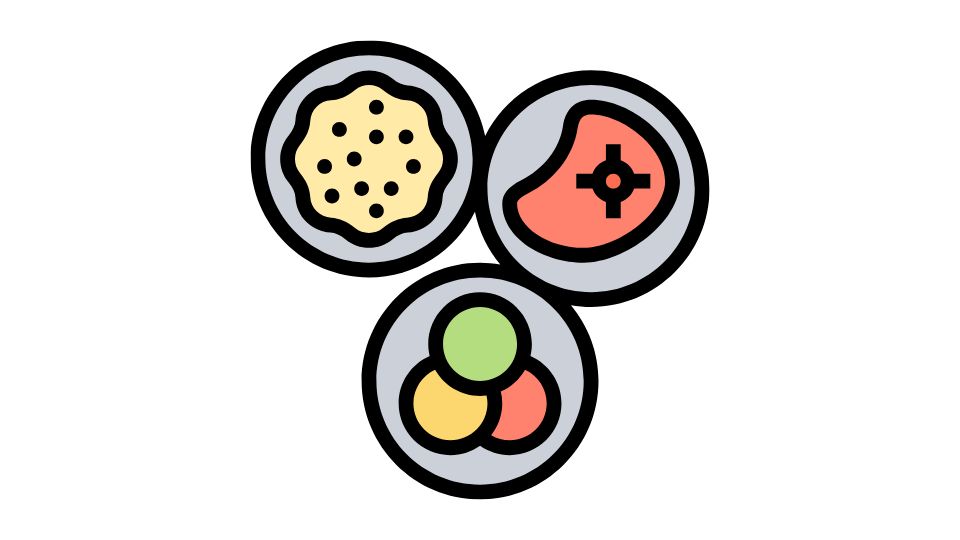
Leave a Reply